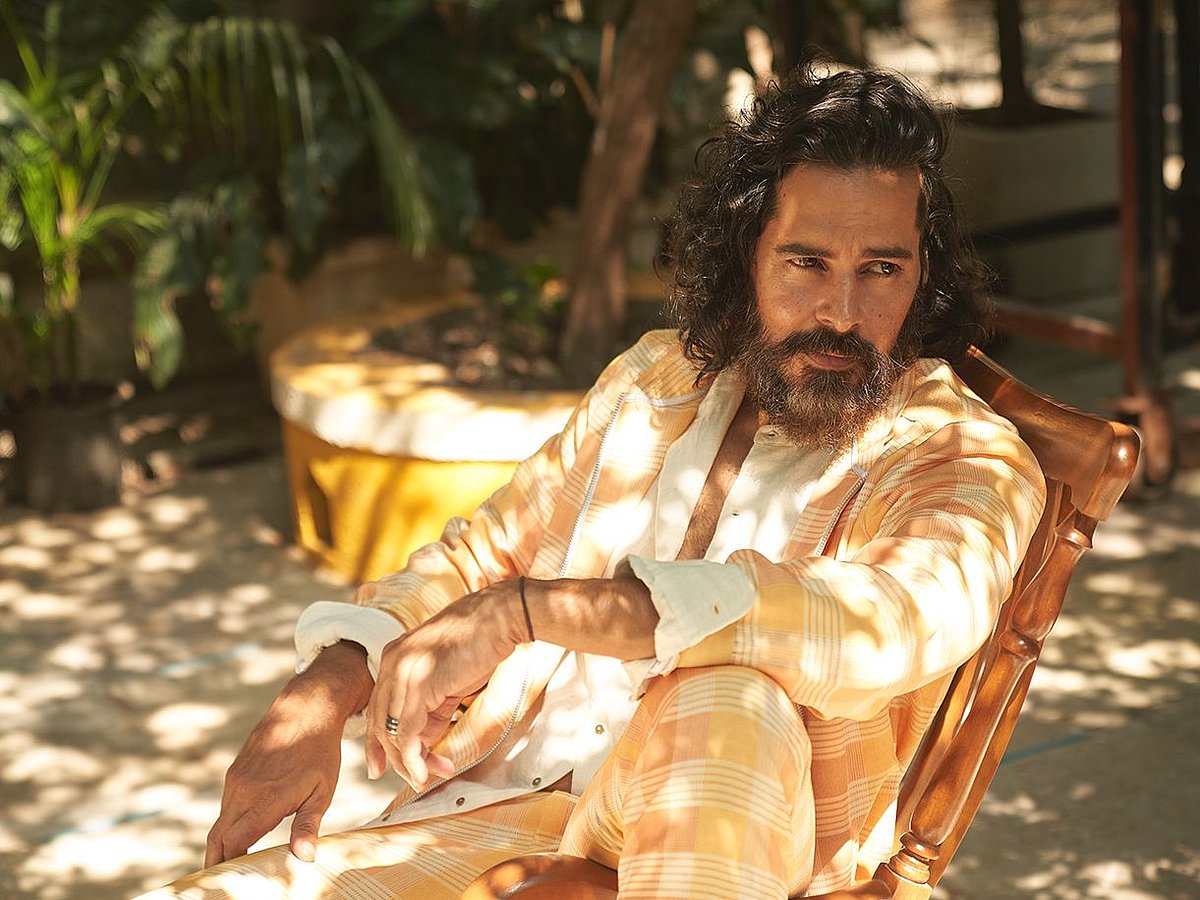In 2020, during the nationwide lockdown following the outbreak of the coronavirus-triggered pandemic, Ramanand Sagar’s Ramayan made a return to Doordarshan, after three decades, airing from March 28, with one episode from 9 am to 10 am and another from 9 pm to 10 pm.
The mythological, which had made Arun Govil as Ram, Dipika Chikhlia as Sita, Dara Singh as Hanuman and Arvind Trivedi as Raavan household names, was originally telecast from January 25, 1987, to July 31, 1988, every Sunday, at 9.30 am. Until June 2003, it was in the Limca Book of Records as “the most-watched mythological serial in the world”. In its repeat telecast, too, it broke several TRP records and, in 2021, started airing daily at 7 pm on Star Bharat.

Now, Ramayan’s Sita is all set to return in another mythological, Jai Mata Vaishno Devi Ki, produced by Sagar World. Confirming the news, Prem Sagar says, “Yes, Dipika plays the mother of Vaishno Devi, Maharani Vijaya. She was the natural choice really because Vaishno Devi, whom we worship today, emerged from the aura created by the united manifestations of Maha Kali, Maha Saraswati and Maha Lakshmi and, on the instructions of the Mother Goddess, came to earth and took the human form of Trikuta or Vaishnavi to uphold dharma (righteousness). And Sita is an incarnation of Lakshmi.”

Ishita Ganguly has landed the plum role of Vaishno Devi. Interestingly, she was brought to the Sagars by Sunil Lahri, who played Lakshman in Ramayan. The makers were looking for an actress who embodied kindness and compassion and, at the same time, could inspire terror. Ishita’s big and expressive eyes reflected both qualities, and when she was asked if she knew anything about the Nag Vansh (snake dynasty), she narrated the story of Behula.

Behula had sailed to heaven in a raft after her husband’s death from a snake bite and convinced Mansa, the snake goddess, to return Lakhindar to her. Together, the couple had returned to earth, and Behula had convinced her father-in-law, Chand Saudagar, an ardent devotee of Shiva, to worship Mansa on the eleventh day of the waning moon every month so the family could live in peace and prosperity.
“I knew in our first meeting itself that this Bengali girl could bring Mata Vaishno Devi to screen, Indian culture and mythology is in her soul,” raves Prem Sagar, producer of Ramayan and Shri Krishna. “Now, my son Shiv and I are carrying Dr Ramanad Sagar’s legacy forward with missionary zeal. This show, we believe, is a worthy successor to Ramayan.”
He goes on to inform that in his book, Padma Shri journalist-writer Mulk Raj Saraf (father of Ved Rahi, director of Veer Savarkar) has mentioned the little-heard story of how Ram had come across young Vaishnavi praying on the seashore while he was in search of Sita with his vanar sena. He blessed her, and she told him that she had accepted him as her husband, submitted to him completely. He pointed out that he was already married to Sita and could take only one wife in every yuga. But moved by the purity of her emotions, Ram promised to return in his Kalki avatar and marry her at the end of Kali Yuga or Kal Yug.

On his instructions, she retreated to a cave in the Manik Mountains in North India, where she meditated and waited for him through three Yugas. In time, she came to be revered as Mata Vaishno Devi, her shrine still drawing hundreds of devotees. “Our 11-episode show covers all the four Yuga cycles—Satya or Krita, Treta, Dvapara and Kali,” shares Prem Sagar.
Jai Mata Vaishno Devi Ki was shot during the ongoing pandemic over a period of 45-50 days in Umbergaon’s Swastik Studio, where Chandragupta Maurya, Mahakali, Radha Krishn, Devi, Ram Siya Ke Luv Kush, among other shows, were also filmed. They also explored beautiful, virgin locations in Saswad, 31 kilometres from Pune, once the centre for Buddhist monasteries as the base of the first Peshwa from the Bhat family, Balaji Vishwanath.

“The shoot was delayed by more than a year because of the pandemic. At one stage, we thought we would have to scrap the project. But thanks to Mata’s blessings, we managed to shoot in short spells of five, 10, 20 days whenever lockdown rules were relaxed. It was a challenge because we had a huge unit, and there were costumes, jewellery and arms to ferry around. Also, we had to harness available technology to bring our vision to the screen, but finally, we wrapped up the shoot on September 15 and are currently busy with post-production. Even though we went over budget because of the delay, it is one of our most expensive shows with mind-boggling special effects,” promises Prem Sagar.
When does he plan to release it? “We had started out thinking we would launch on Dussehra as we have incorporated how Durga blessed to Ram in his decisive war against Raavan, but because of the pandemic, we have missed that deadline by a mile. Now, we are hoping we can come on December 29, papaji’s (Ramanand Sagar) birthday,” he signs off.












